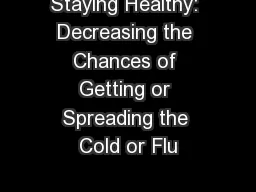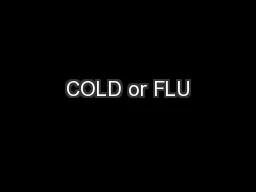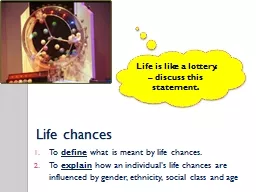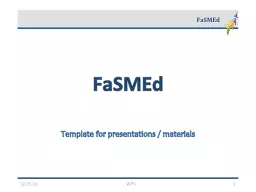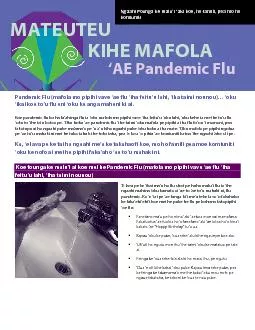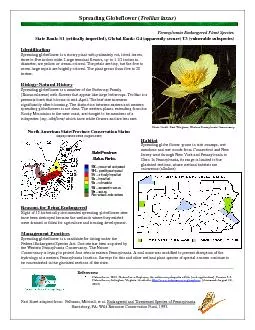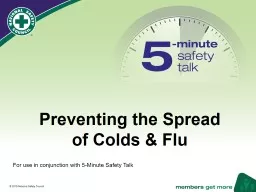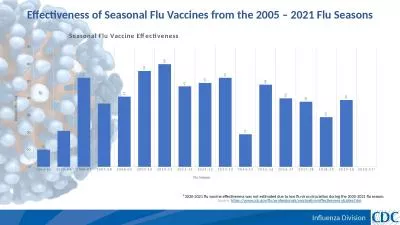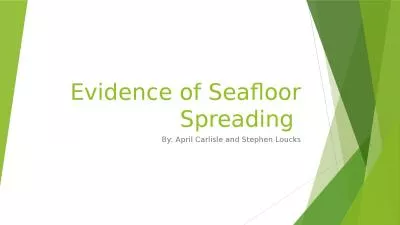PPT-Staying Healthy: Decreasing the Chances of Getting or Spreading the Cold or Flu
Author : min-jolicoeur | Published Date : 2018-10-08
Part of the imatter series Samantha DiFalco Resident Director Western Connecticut State University Featured Institution Colds amp Flu Prevention Quick Tips for Residents
Presentation Embed Code
Download Presentation
Download Presentation The PPT/PDF document "Staying Healthy: Decreasing the Chances ..." is the property of its rightful owner. Permission is granted to download and print the materials on this website for personal, non-commercial use only, and to display it on your personal computer provided you do not modify the materials and that you retain all copyright notices contained in the materials. By downloading content from our website, you accept the terms of this agreement.
Staying Healthy: Decreasing the Chances of Getting or Spreading the Cold or Flu: Transcript
Download Rules Of Document
"Staying Healthy: Decreasing the Chances of Getting or Spreading the Cold or Flu"The content belongs to its owner. You may download and print it for personal use, without modification, and keep all copyright notices. By downloading, you agree to these terms.
Related Documents

